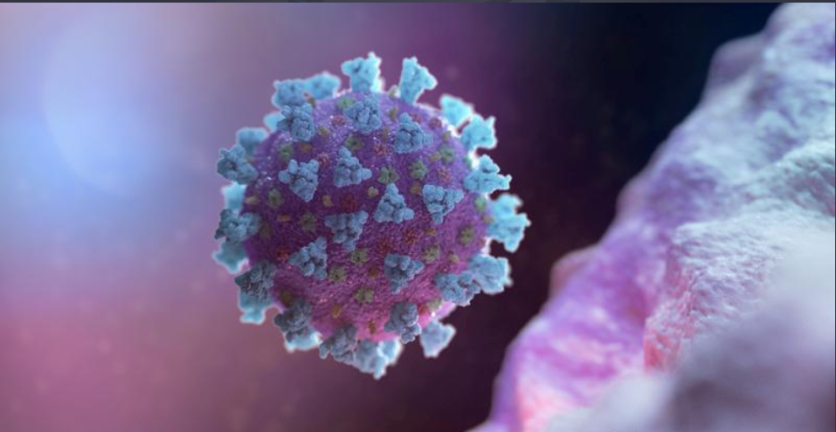As the novel coronavirus or COVID-19, which is spreading its virus far and wide at an alarming rate, has made humanity adjust its everyday life. Knowing just how it is spread and how long it will last can be a crucial ingredient in preventing how quickly it spreads from person to person.

Read More: [WARNING] Buying Items Online May Transfer Coronavirus From China? Amazon Takes Immediate Action
What Surfaces Are Most Likely To Contain The Virus Longer
Neeltje van Doremalen, a virologist at the US National Institutes of Health or the NIH, as well as her colleagues at the Rocky Mountain Laboratories in Hamilton, Montana, were one of the first who has conducted tests regarding SARS-CoV-2 on different surfaces. Their study is not yet published. However, it showed that the virus could survive on multiple surfaces, and they depend on which surface they land upon.
Based on their study, it takes up to several hours for particles to stay in the air. And by droplets are as minuscule as 1-5 micrometers in size. As the droplets tend to settle on surfaces faster in disturbed air or when there is no wind.
NIH study found that the COVID-19 virus survives longer on cardboards, which can persist up to 24 hours. For plastic and stainless steel surfaces, it can last for a disturbing two to three days. For copper surfaces, the virus tends to be killed off at around four hours only.
For clothing and other surfaces, however, they still need more tests on how long the virus will last due to the nature of the surface. Vincent Munster, the head of the virus ecology section at Rocky Mountain Laboratories and one of the leads of the NIH study said: "We speculate due to the porous material, it desiccates rapidly and might be stuck to the fibers,"
"[We're] currently running follow-up experiments to investigate the effect of temperature and humidity in more detail."
Read More: Coronavirus Update: Study Says Virus Can Live from 3 Hours to 3 Days; "Patient Zero" Found?
How to Disinfect Surfaces Efficiently
The quickest way to deter the spread of the virus is by disinfecting surfaces within a minute is about 62-71% alcohol. Another solution can be 05.5% hydrogen peroxide bleach or household bleach that contains 0.1% sodium hypochlorite.
Also, if temperatures are to be factored in, their research has shown that higher temperatures can kill off the coronavirus strain that causes so many deaths around the world, about 56 degrees Celsius or 132 degrees Fahrenheit. The rate would be about 10,000 viral particles for every 15 minutes.
How it is so Far in The World
So far, humanity has been stepping up their game in terms of quarantine and also disinfecting various things and places at ones with the help of their government. People all over the world are more cautious now, seeing to it that they don't touch handles anymore, disinfecting their hands after touching any surface a few seconds in between, doing their best in not touching their faces or touching things that are used by so many people. The shift in cleanliness and sterility now is impressive, and it's something every human is currently doing for the most part.
Additional Information
Governments have been quick to tell people to stay indoors, especially if there are confirmed cases of the coronavirus in their nation. For places that still don't have the virus and hopefully never will, governments are implementing strict rules to practice self-isolation, avoid going out as much as possible unless needed, and always practice proper handwashing and sanitation.
The world, as we know it, is united as one to confront the disease and everyone is doing their part to infect more people. It is only a matter of time before the cure is here, but in the meantime, it is good to know how to avoid getting such risks of infection.
Read More: COVID-19 UPDATE: EPA Expands the List of Disinfectants That Work Against the Novel Coronavirus!
ⓒ 2025 TECHTIMES.com All rights reserved. Do not reproduce without permission.




